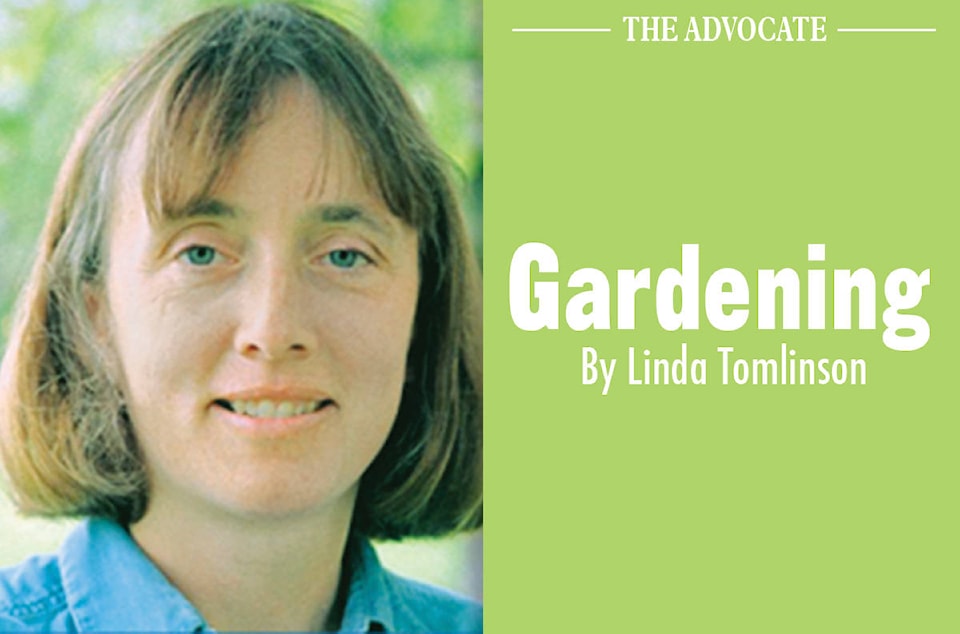Longer days will encourage inside plants to break dormancy and put on new growth. This includes the tropical as well as the plants brought inside with the tall to overwinter. Some plants that are overwintered inside are dual purpose as they are used for cuttings of new plants and the parent plants are returned outside when the weather warms. Plants that were tucked in cool dim areas need to be brought into warmer, lighter areas. As they start to grow, increase the amount of water and the frequency of fertilizer per the package instructions. Once the plant has put on 3-4 inches (8-10cm) of new growth it is time to take cuttings.
If the plant is being used in the garden, be sure to take cuttings and leave the plant attractive and balanced.
Cutting size makes a difference in the success of cuttings developing roots. It is a bit of a balancing act. There must be enough leaf to enable to plant to process enough food to feed the existing foliage and the new root system. Too many leaves and the plant can’t uptake enough nutrients. Too few leaves and the plant can’t process the nutrients.
Three average sized leaves per cutting tends to work. If the leaves are oversized, cut them in half. When the leaves are small, add another leaf.
Depending on the age of the plant, it can contain three types of wood; hardwood, semi-hardwood and softwood. The difference? Hard wood is older and it is hard to pierce with a thumb nail. Semi-hardwood is last year’s wood and can be cut with the thumbnail, but it takes a bit of effort. Softwood is the new wood which is easy to cut, break or pinch.
Roots buds emerge easily from the softwood but as the wood becomes older and harder it is less likely that roots will form. While it is possible to make cuttings from hard and semi-hard wood it is much quicker to use softwood or new growth.
To take a cutting, cut the stem above another leaf. Use a sharp, clean tool, knife, scissors or secateurs work well. Clean means free of dirt and bacteria that can lead outbreaks of infections and diseases. Cuttings should be placed in growing medium before they wilt but it does not have to be instantaneous as the stem will form a callus over the cut.
People have more success with cuttings if the growing medium and container used are sterilized therefore eliminating all harmful bacteria. When using old containers, wash then rinse them in a 5% bleach solution and allow them to air dry.
When rooting in water, place foil or a plastic wrap over the top of the container to keep all leaves out of the water. Leaves will rot if left in water for any length of time which leads to the development of harmful bacteria. Pot up cuttings that have been rooted in water when a number of roots have appeared. As like the other cuttings it is best to use sterile pots and soilless potting mixes unless the soil is sterilized. Once the plants have become established they are less vulnerable to diseases and soil should be added to the soil.
When roots hold the soil in place when it is removed from the container it is time to transplant. Place the plant in a container one size larger than the original one. Balancing the container with the top growth allows the top growth and roots to grow at the same rate thus supplying the correct amount of nutrients for the plant to manufacture. Plants that are placed in too large of a container keep producing roots to fill the container but have no leaves to turn the extra nutrients into food to feed the roots.
Any container can be used for staring and or planting cuttings as long as there are holes in the bottom to allow excess water to drain. Too much moisture slows down how the plan absorbs moisture and nutrients. An overly damp environment is a magnet to diseases.
Keep cuttings out direct sunlight until they have developed roots as the leaves should not lose more moisture through transpiration than the roots can supply. Placing a loose plastic bag over the cuttings will help keep the air moist and also slow down the plants transpiration.
Once the plants develop roots move them into a brighter area. If in a window, turn the plants on a regular basis to avoid the plant leaning in one direction, toward the sunlight.
If growing under lights, keep the lights lose to the plants to encourage slow growth and strong stems.
Spring will be soon here but like the season, plants should not be rushed.
Linda Tomlinson is a horticulturalist who lives near Rocky Mountain House. She can be reached at your_garden@hotmail.com
